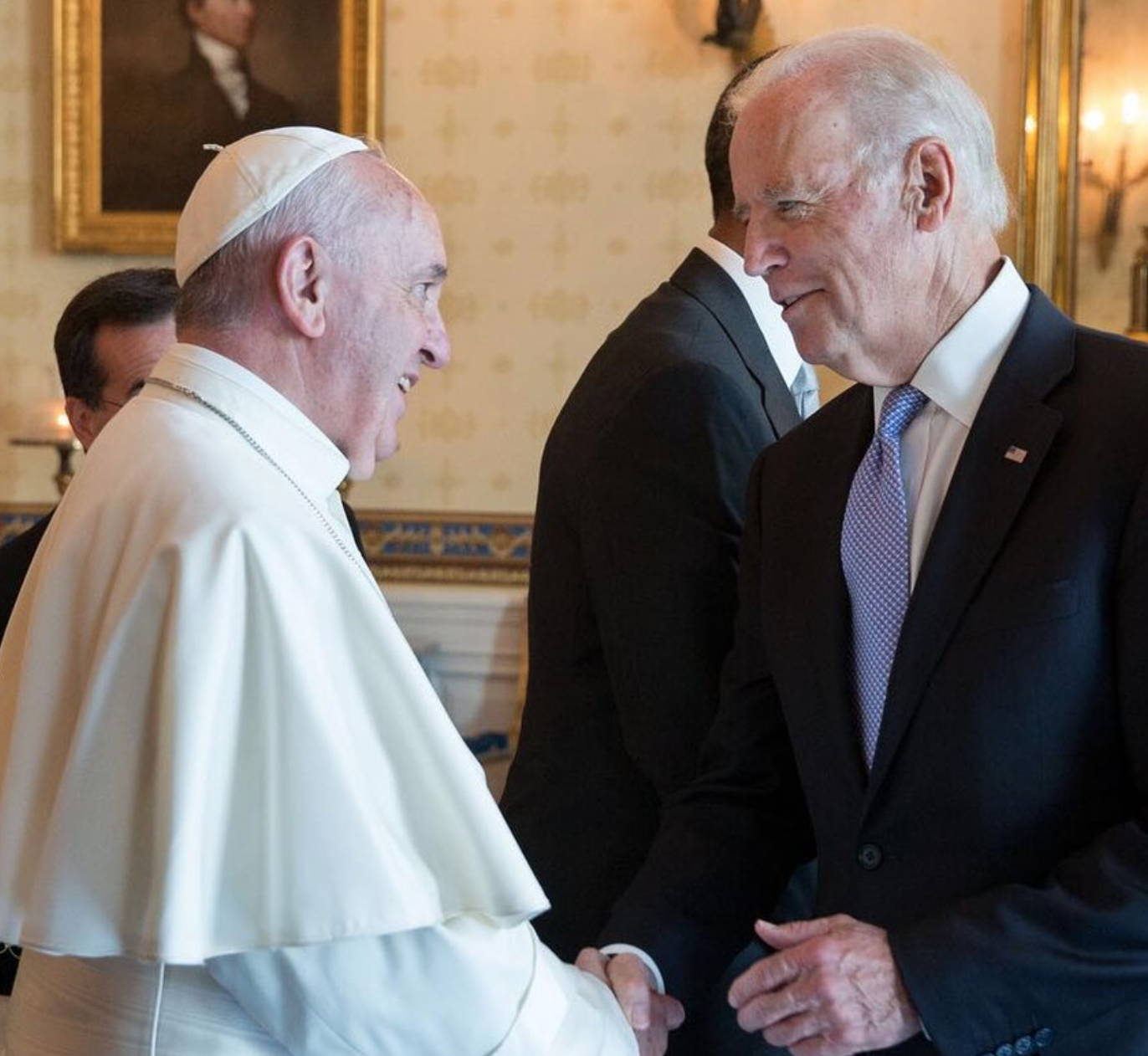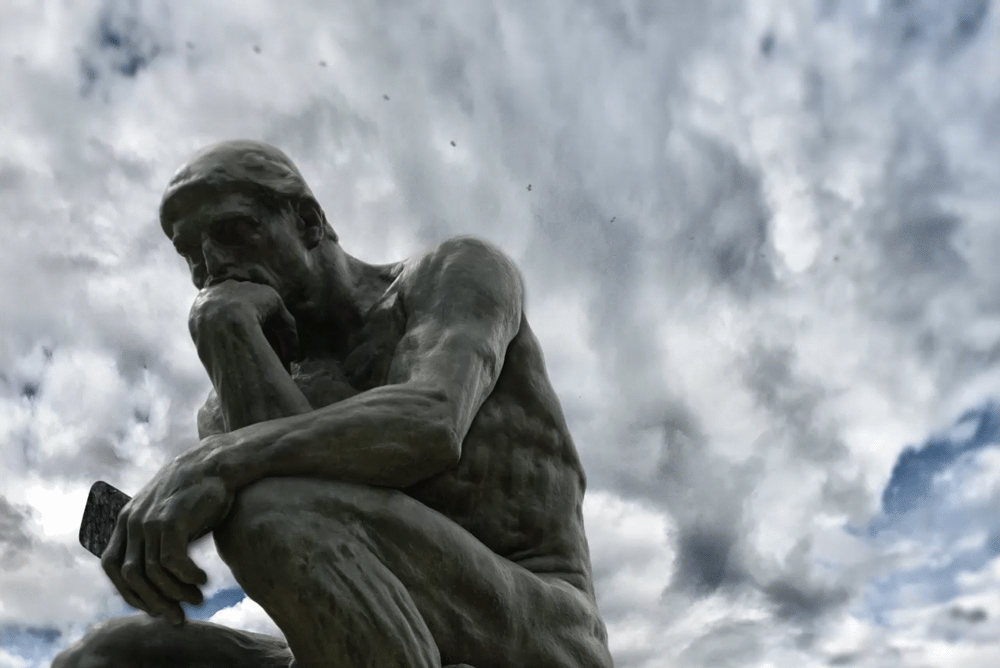When I first encountered David French, roughly two decades ago, he was a First Amendment expert known for his defense of religious liberty — for all kinds of people, including evangelicals in blue zip codes.
That was “conservative,” back then. Today, French has moved to the op-ed pages of The New York Times. I guess, in the ongoing Donald Trump era (#ALAS), that makes him what some would call a “New York Times conservative.” That isn’t a compliment.
I don’t always agree with French, but he remains a voice that old-school First Amendment liberals — folks who are often called “conservative” these days — will need to follow as conflicts continue to escalate on issues of free speech, religious liberty and freedom of association.
This brings me to a byte of French material that I inserted into this week’s “Crossroads” podcast (CLICK HERE to tune that in). These are the first two sentences of French’s must-read 2020 book “Divided We Fall: America’s Secession Threat and How to Restore Our Nation.” Here we go:
“It’s time for Americans to wake up to a fundamental reality: the continued unity of the United States cannot be guaranteed. At this moment in history, there is not a single important cultural, religious, political, or social force that is pulling Americans together more than it is pulling us apart.”
A few lines later he adds this material, to which I alluded in the podcast (and in my recent Religion & Liberty essay on the state of American journalism):
“We lack a common popular culture. Depending on where we live and what we believe, we watch different kinds of television, we listen to different kinds of music, and we often watch different sports.
“We increasingly live separate from each other. … The geography that a person calls home, whether it is rural, exurban, suburban, or urban, is increasingly predictive of voting habits.”
The Internet, however, is everywhere. So is digital pornography.
Some people are more concerned about that than others and, yes, the level of concern seems to have something to do with religion and culture (and, thus, zip codes). This brings us to the Axios headline that inspired this podcast: “Pornhub blocks access in Utah in protest of new age verification law.”
The religion angle? Well, we are talking about politics in Utah. Here is some of that Axios news-you-can-use information:
Driving the news: Pornhub.com now opens on devices in Utah with a message that states the company has "made the difficult decision to completely disable access to our website in Utah."










